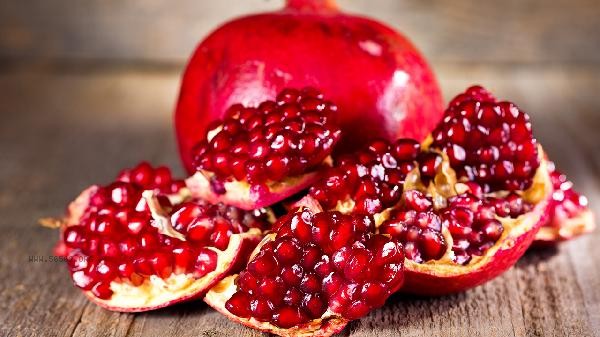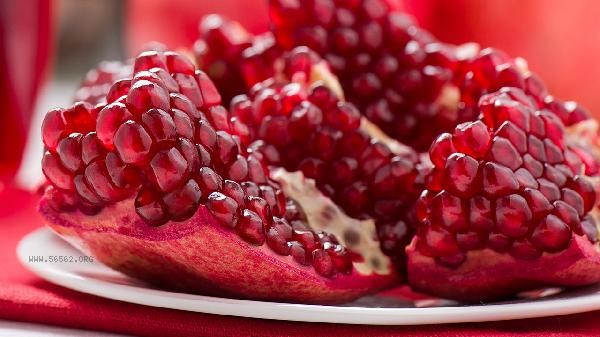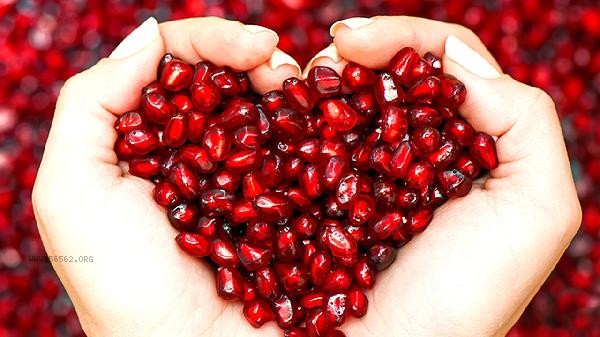When cutting guava into fruit plates, it is recommended to first peel and remove the seeds, then cut it into pieces or slices, and pair it with other fruits for a more beautiful presentation. Specific operations should pay attention to maturity, tool selection, and disc placement skills.

1. Maturity judgment
Select guava with yellowing skin and slightly elastic pressing. Overgrown fruit has high hardness and is difficult to cut into pieces, while overripe fruit is prone to softening and rotting without forming. Pomegranate fruit with moderate maturity has pink flesh, loose grains that are easy to remove, and can maintain their intact shape when cut into pieces. Immature fruits can be stored at room temperature for 1-2 days before use.
2. Peeling treatment
Use a peeler to cut off the outer skin in an arc shape, or cut it in half and scoop out the flesh with a spoon. Varieties with thicker skin can be blanched for 30 seconds before peeling. After peeling, cut four sections longitudinally, use the tip of the knife to remove the white sponge like core and seeds, and retain the outer flesh. Wearing gloves during handling can prevent juice from causing hand discomfort.
3. Cut the seedless fruit flesh into 2cm square pieces or cut them into 0.5mm thick slices. Hard varieties can be cut into star or flower shapes, while softer varieties are recommended to be pressed into heart shapes using molds. Soak in light salt water immediately after cutting to prevent oxidation and discoloration, drain and then use for plating.
4. Tool selection

Using a serrated bread knife to cut hard guava is more effortless, while a thin edged fruit knife is suitable for cutting soft and ripe fruits. Ceramic knives can prevent the blackening of fruit pulp caused by metal knives. Blanching the knife with hot water before cutting can reduce the adhesion of pulp fibers. Wipe the blade surface every 3-4 cuts to keep the incision clean.
5. Plate placement technique
Arrange sliced guava alternately with fruits with strong color contrasts such as strawberries and kiwis, and fill the gaps with small fruit particles such as blueberries. Thinning the bottom layer with lotus leaves or purple cabbage shreds can enhance visual depth, while sprinkling a small amount of honey or coconut milk on the surface can increase glossiness. Refrigerate for 10 minutes before consuming for better taste.
Pomegranate plates are recommended to be cut and eaten immediately. Uneaten portions should be sealed and refrigerated for no more than 4 hours. Paired with yogurt or nuts can balance the astringency caused by tannins, and individuals with gastrointestinal allergies should limit their single consumption to less than 200 grams. Choosing organically grown guava can reduce the risk of pesticide residue on the skin, and when cleaning, it can be soaked in baking soda water to remove surface wax. If making a banquet fruit platter, you can soak the cut guava pieces in ice water mixed with lemon juice in advance to maintain their color.









Comments (0)
Leave a Comment
No comments yet
Be the first to share your thoughts!